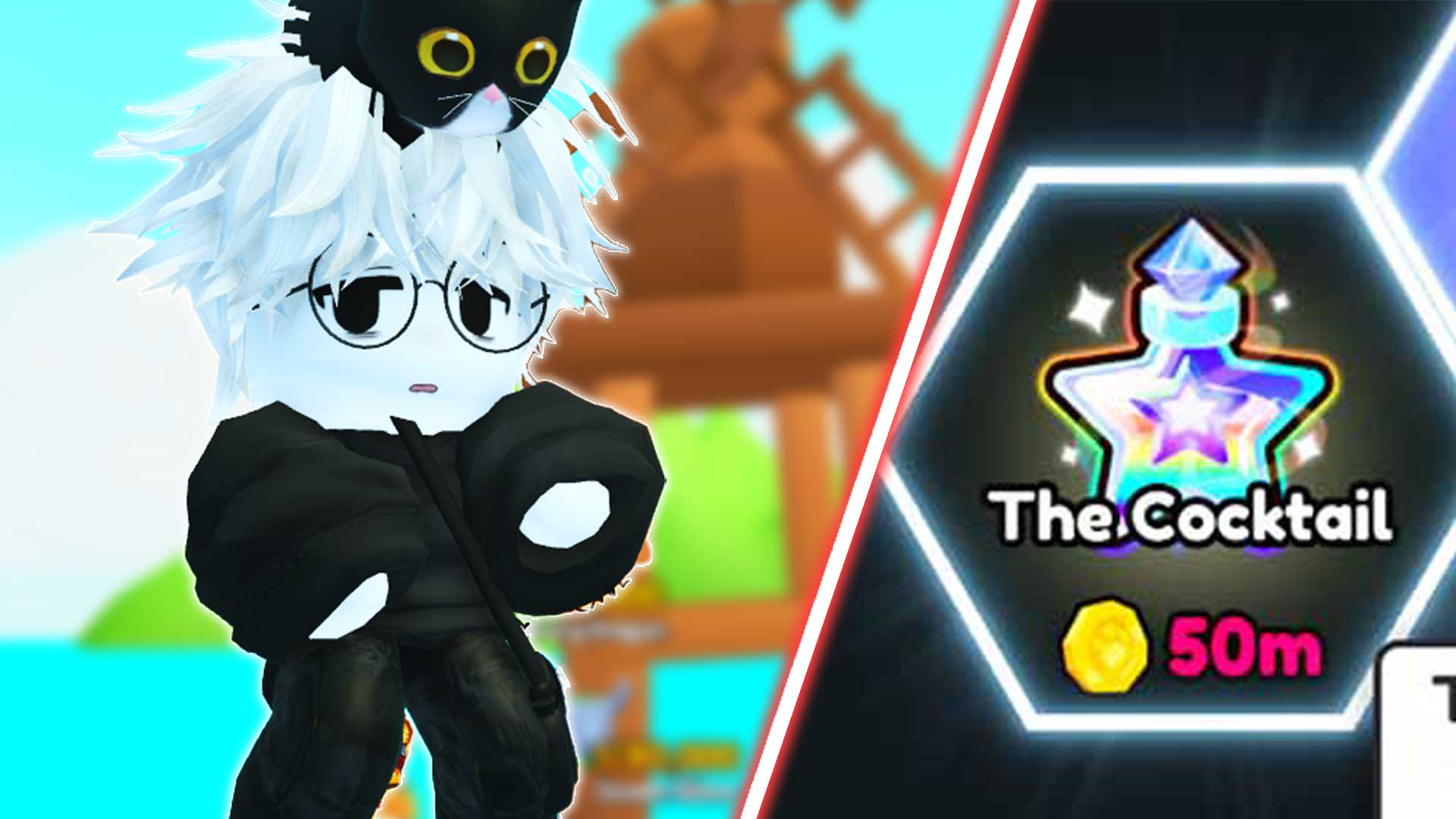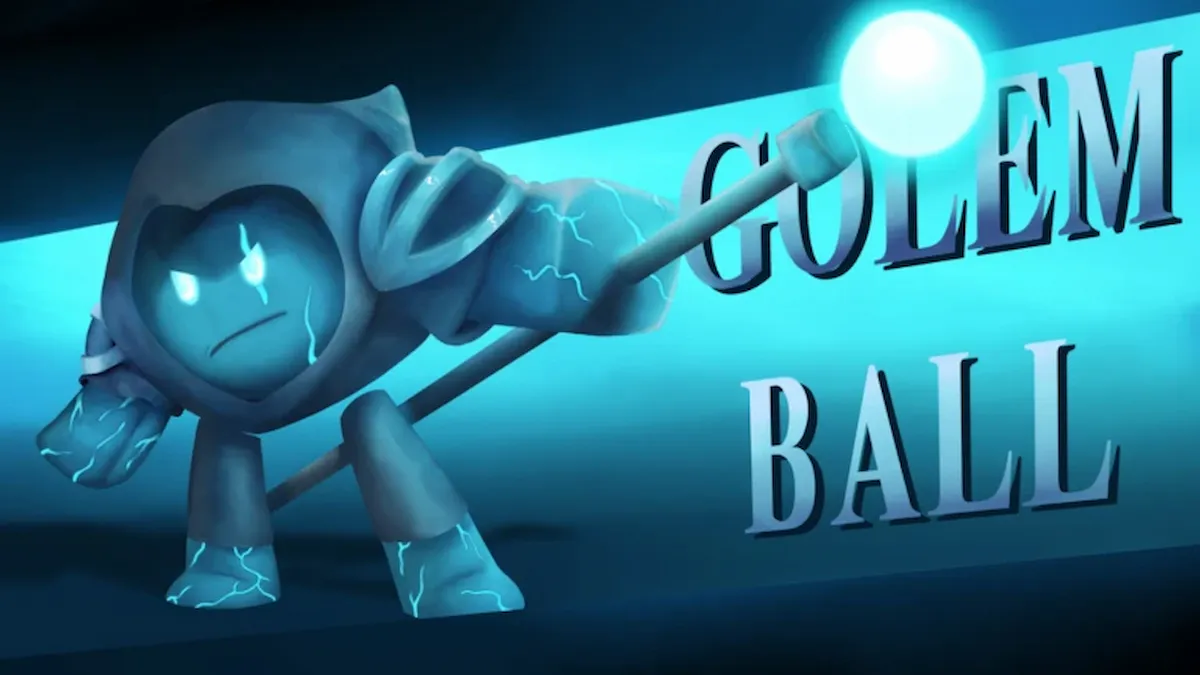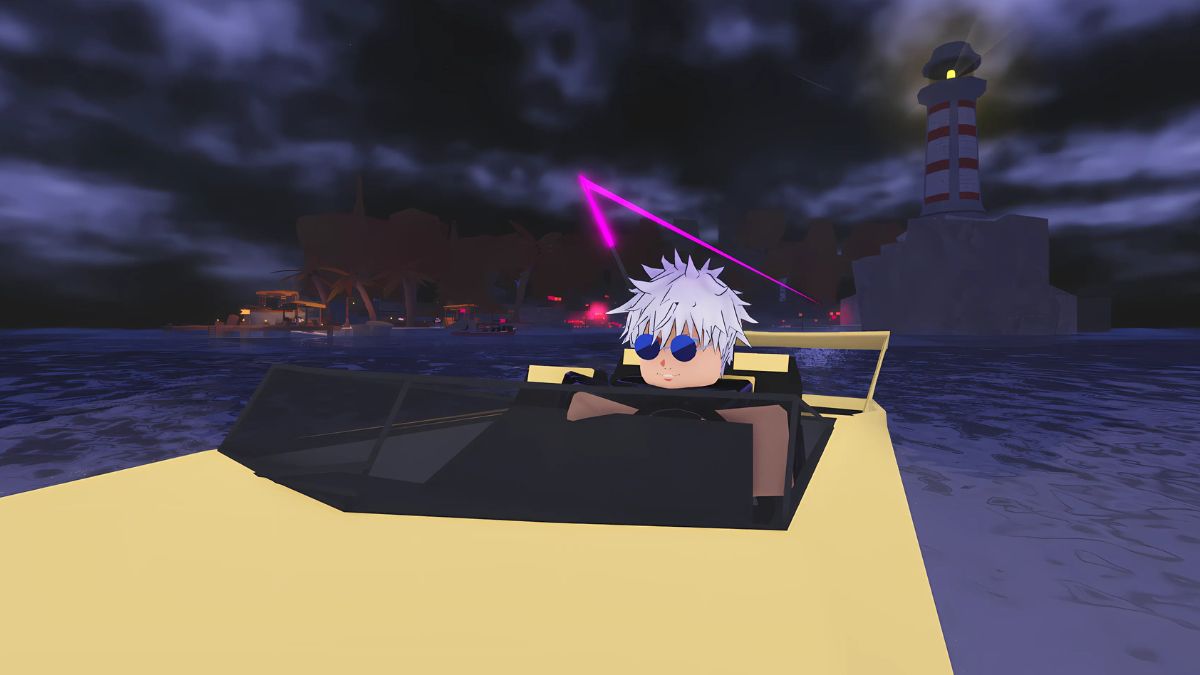Warning: This piece contains full spoilers for The Last of Us and The Last of Us Part II.
The Last of Us is part of an ongoing craze of faithful video game adaptations with roots traceable all the way back to the original Silent Hill film. However, adapting a game like The Last of Us Part II is a bit different from adapting its predecessor, not just because it has a more complicated, fractured narrative, but also because it’s a (phenomenal) game with much more dramatic meat to explore, both in terms of sheer length and in the thornier dimensions it mines from its characters. To make a show that stands up to its inspiration, it most likely will have to make some major deviations from the source material. While diehard fans may cry foul, it might be the only way this adaptation can feel as vital as the game does.
It’s something co-showrunner Neil Druckmann, who is also creative director of The Last of Us games, agrees on. Talking to Variety about the adaptation process, he noted that a common mistake is “staying so close to the source material that is built and designed and written for this other medium that has strengths and weaknesses, and trying to translate it as is, with no changes to this other medium that has different strengths and weaknesses.” Looking at the newly released first trailer for Season 2, we can already see the first signs of how Druckmann and his creative partner Craig Mazin may have altered the original story to suit the television medium.
— Max (@StreamOnMax) September 26, 2024Different Mediums, Different Priorities
With so many artistic mediums bleeding into each other these days, it can sometimes be hard to remember that video games and television are two very different things. Every medium for telling stories has pros and cons that are virtually inseparable from the form. The narrative techniques that make perfect sense in interactive fiction in regards to scene geography, atmosphere, environmental design, and use of player expression often don’t translate to something with a set runtime and no input from the viewer.
The narrative techniques that make perfect sense in interactive fiction often don’t translate to something with a set runtime and no input from the viewer.
That’s not to say you can’t try. The first season of The Last of Us meticulously rebuilt many moments from the game’s cutscenes, sometimes literally frame by frame. But what purpose does that really serve? The story worked excellently the first time around, the game is available in its best ever form with The Last of Us Part I Remastered, and the cutscenes are readily available on YouTube. If people want a truly faithful version of the story, it’s already out there and has been for years. If anything, taking this cutscene cloning approach, rather than allowing the show’s direction and cinematography to present the story’s most critical moments in a wholly new way, only highlights the ways the original games frequently veered away from the strengths of interactive narrative. And it’s developer Naughty Dog’s adoption of non-interactive storytelling technique that makes such scenes so easy to plop directly into a TV show.
I say this as a massive fan of both games: they kind of already were HBO shows. They do use the possibilities of interactive storytelling to their advantage, but in terms of basic construction and scene direction, even during playable segments, there’s liberal use of the techniques and stylistic conventions of prestige television. This is why it isn’t just ironic that the games were eventually adapted as an HBO show; it was so easy to adapt them because the games did a lot of the work already. This is not to discount any of the contributions from the show’s directors, writers or performers, but the blueprint for a successful television show was already baked straight into the game. So if the next season wants to be its best self, it would do well to find a new way to present the story many of us already know.
Expand and Explore
Even with its fealty to the original game, the first season of The Last of Us often benefited from the deviations it did make. Hiring Latino actor Pedro Pascal gave a strong new take for main protagonist Joel by adding a softer dad-like quality to him compared to Troy Baker’s gruffer edge, adding new characters like Melanie Lynskey’s Kathleen expanded the post-apocalyptic world explored in the original game, and devoting an entire episode to the unseen story of Bill (Nick Offerman) and his lover Frank (Murray Bartlett) led to what many considered to be the season’s best entry. Unlike a video game, which usually necessitates some kind of consistency to the player perspective through the controllable character, television affords the opportunity to shift focus more readily, and the show made great use of that in key areas.
The Last of Us Season 2 Cast: Who's New and Coming Back to the HBO Show?
The second season should use that technique to greater effect. One of the main structural conceits of Part II is playing through the same three days from both Ellie and Abby’s perspectives. Their separate paths don’t really cross over until the end of the three days, both of them going through intensely personal journeys of revenge and rebirth respectively, meaning that each lead character is essentially gone from the narrative for somewhere around ten solid hours apiece. This makes sense in a video game because jumping back and forth between protagonists each level would be jarring for a player, never allowing them to truly settle into the peaks and valleys of power and equipment a survival action game is supposed to foster. But do we really want to watch four or five episodes in a row without Ellie or Abby showing up?
Intercutting between their journeys and finding ways to draw thematic parallels between Ellie and Abby even when they’re not in the same physical space would help maintain emotional continuity and viewer investment in both characters. After all, the entire point of the extended lead-up to their confrontation is that it’s a battle we don’t want either side to “win,” because we’ve come to empathize with their experiences. It’s hard for an audience at home to go through that if a character is absent for several weeks of television. We also know that Season 2 won’t adapt the entirety of Part II, which gives the creators plenty of breathing room to add or expand on characters, subplots and world-building concepts that could give the series a fresh feel. If the trailer is anything to go by, we may have already seen hints of the show going in this direction.
Trust the Process
It’s a small detail, but the teaser trailer hints at what could be a major deviation from the original game’s setup: it looks like Abby will spend time in Jackson with Joel and Ellie. After we see Abby’s first encounter with Joel and Tommy where they save her from infected trying to get at her through a chain link fence (a scene ripped straight from the game), we later see a shot of the three of them fleeing on horses before what appears to be a horde of infected slamming themselves against Jackson’s perimeter wall. There’s also an earlier shot of a large group of infected being spotted through binoculars as they run through snow, indicating that they are heading towards Jackson, the only area in the game where snow is featured. This all suggests that there could be a sequence where Abby and Joel get back to Jackson and have more interaction than they do in the game (perhaps even involving Ellie) before Abby kills Joel. Such a sequence would be a prime opportunity for more character drama, as well as also giving us more scenes with Pascal before he’s relegated to flashbacks.
The teaser trailer hints at what could be a major deviation from the original game’s setup.
Abby ingratiating herself within Jackson’s community (a story thread concept art for the second game confirms the developers considered) and perhaps even casting her as an ally who helps them overcome an infected attack would provide us more context and inner conflict, giving the scene where she finally reveals her true motives a greater sense of dramatic weight. We get little time with Abby before she kills Joel in the game, which is a shocking scene in its original form, but viewers at home might feel a little lost if someone they assume to be one of the series’ two leads is killed so abruptly in the first couple of episodes. Getting us into Abby’s headspace earlier so we know exactly what she’s planning and why is the sort of shift that would help smooth that plot development over. And let’s be real here, more Kaitlyn Dever is never a bad thing (Did you see No One Will Save You? She was very good in that).
Ultimately, we don’t know exactly how The Last of Us Season 2 will pan out, but based on the first season, it’s fair to say the creative team behind the show can be extended a little bit of trust. There’s a murderer’s row of talent involved in the production, and although a game series as beloved as this can engender strong protective feelings from its fans, it can be rewarding to let an adaptation of a story you already know surprise you. The game isn’t going anywhere. The story will always exist in that form. So let’s have a little faith and see what the differences in the new season will add to the story, instead of assuming they’ll only subtract.
Carlos Morales writes novels, articles and Mass Effect essays. You can follow his fixations on Twitter.

 4 months ago
133
4 months ago
133







![Anime Reborn Units Tier List [RELEASE] (November 2024)](https://www.destructoid.com/wp-content/uploads/2024/11/anime-reborn-units-tier-list.jpg)
